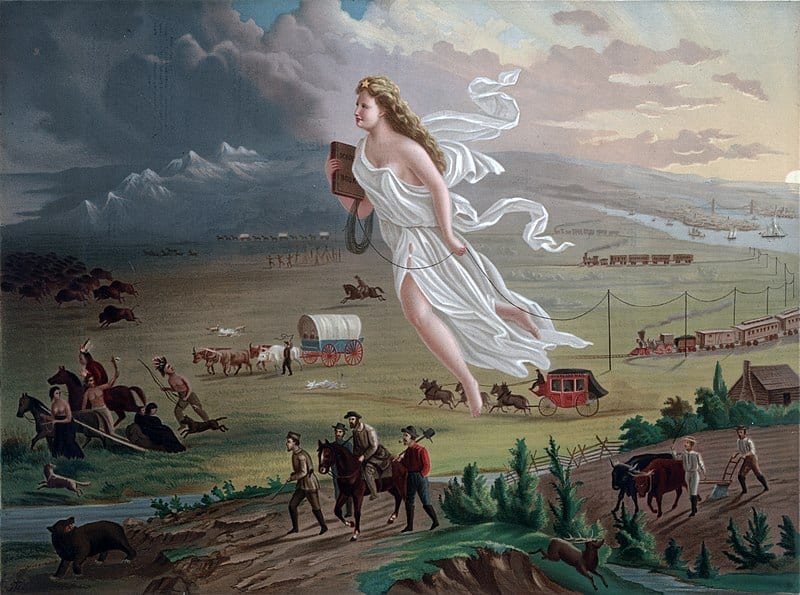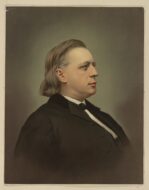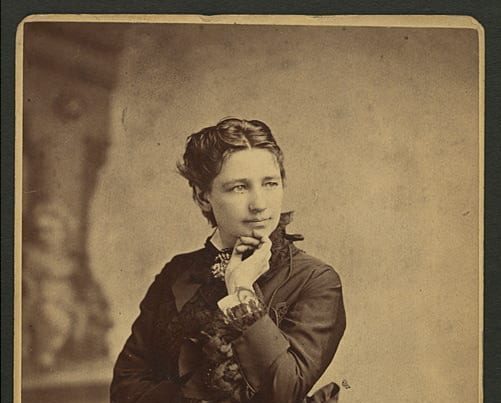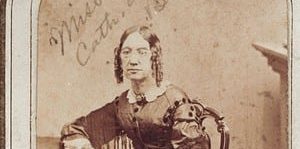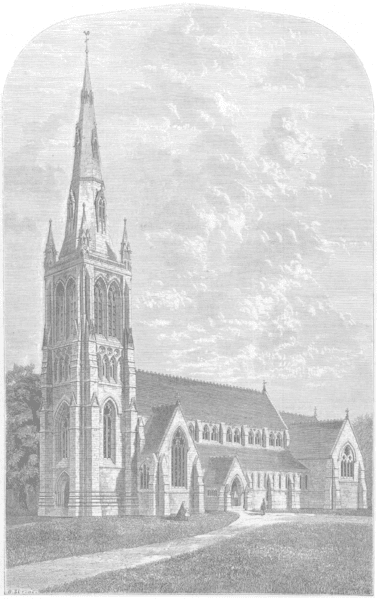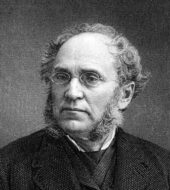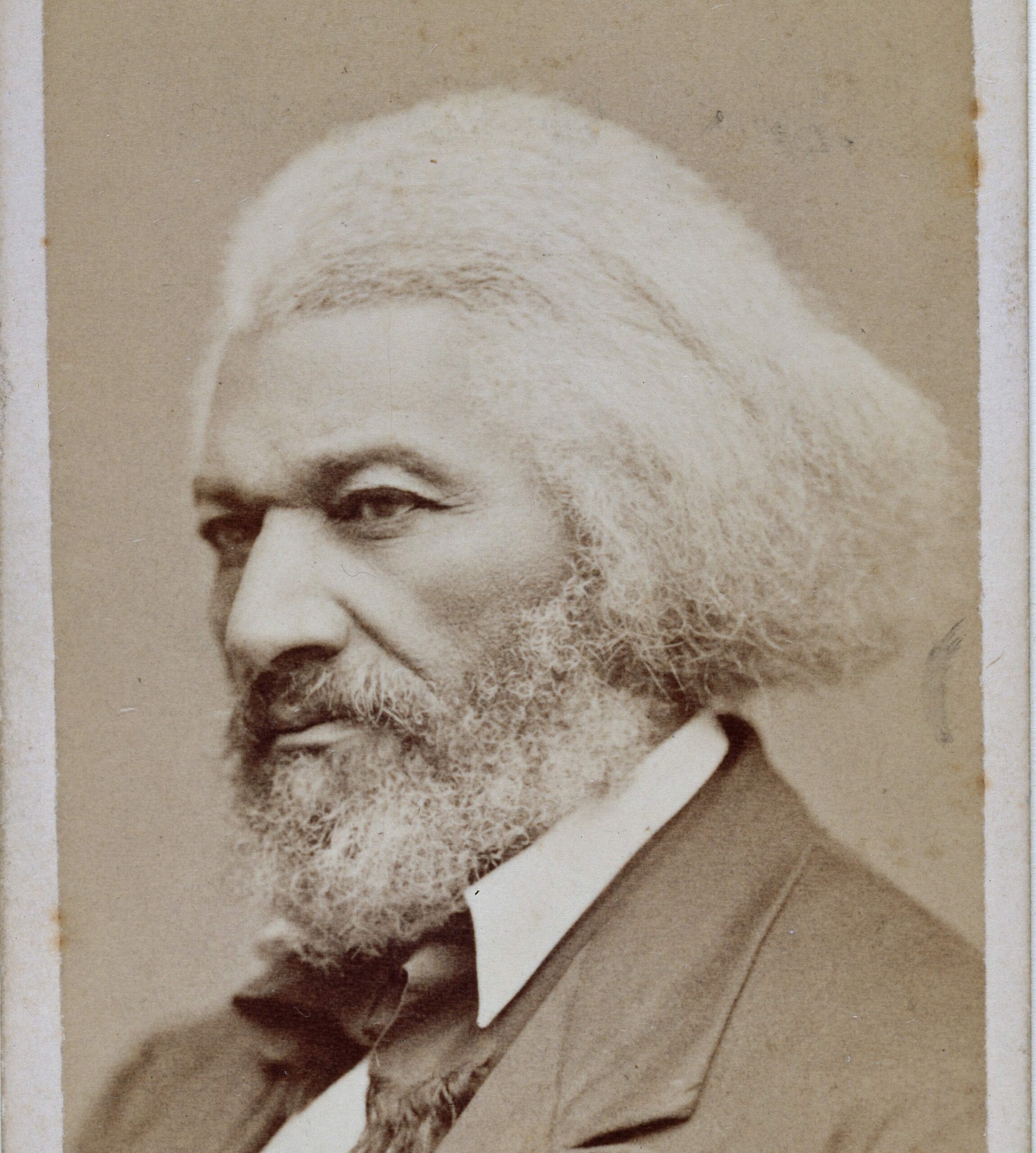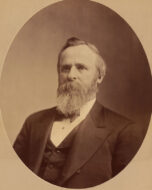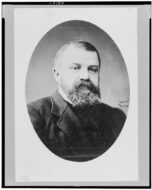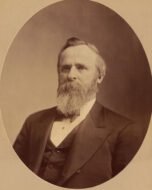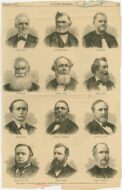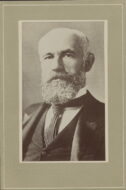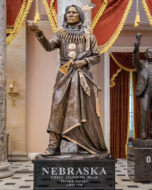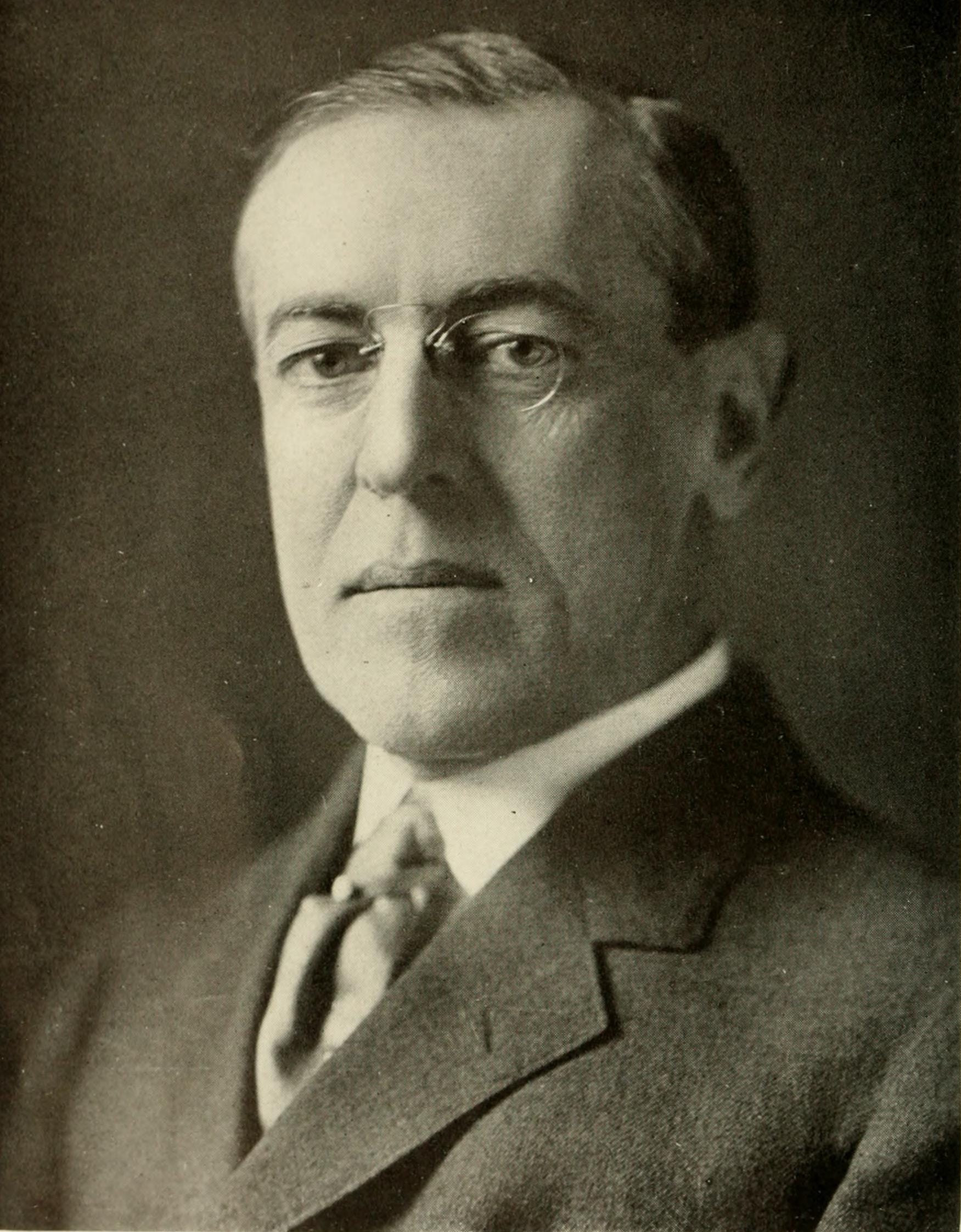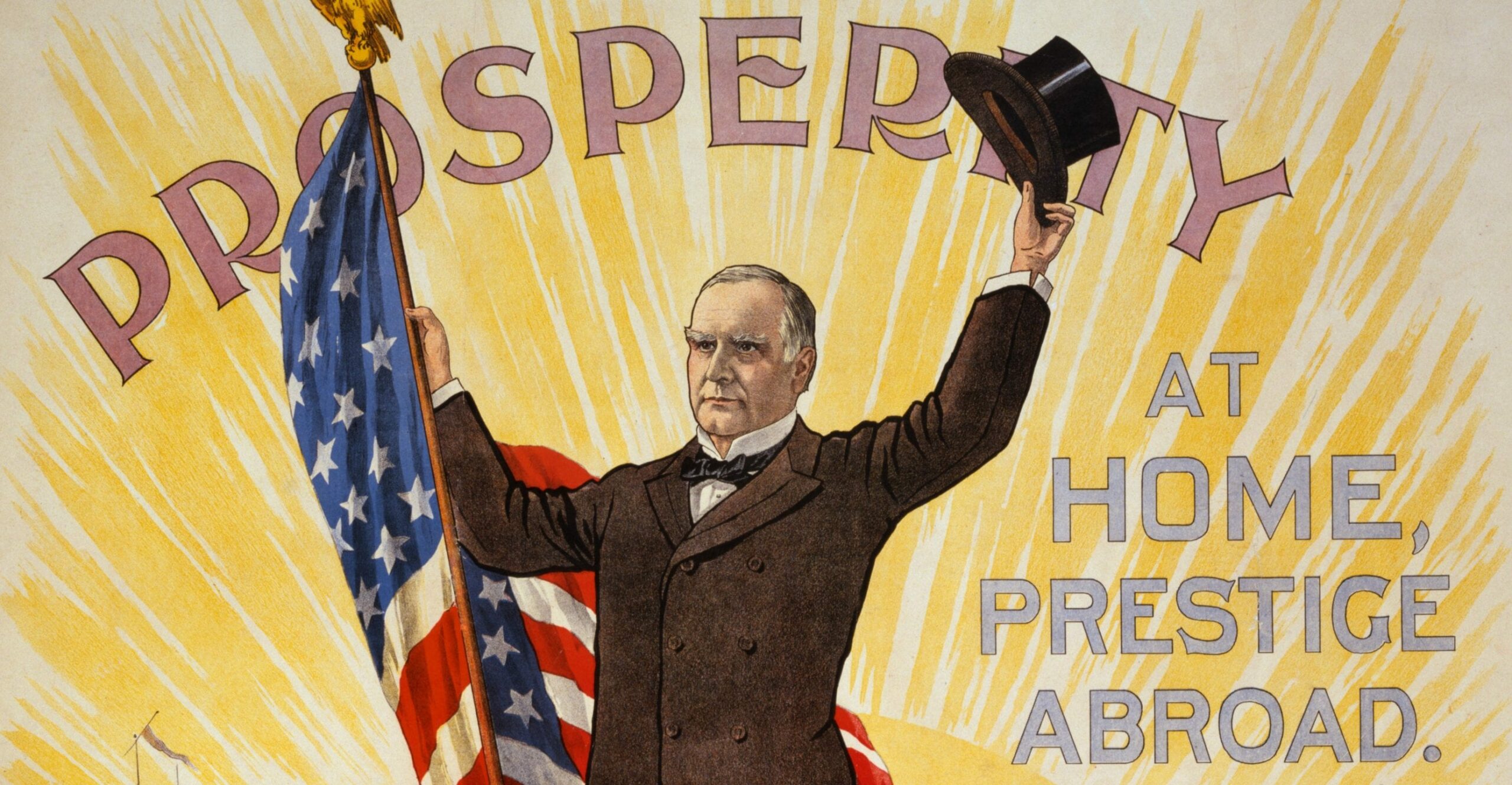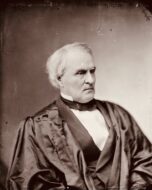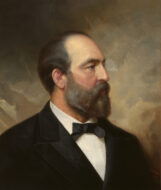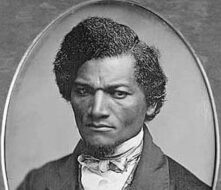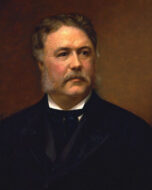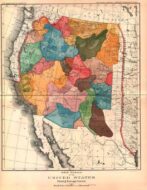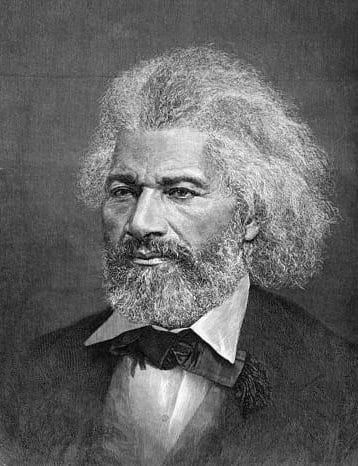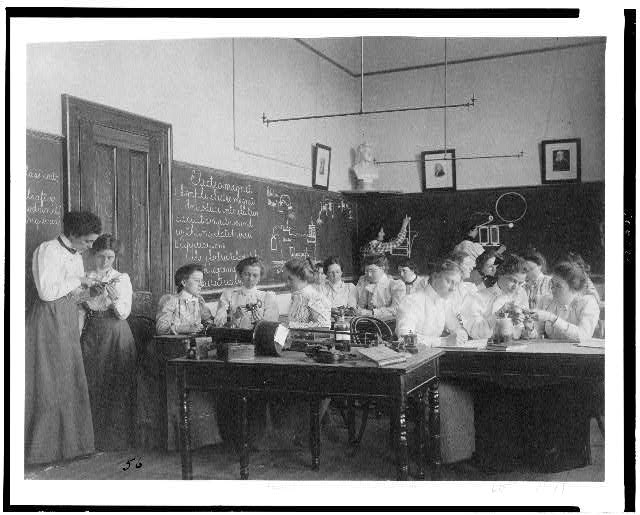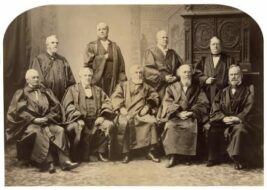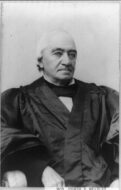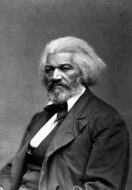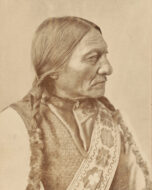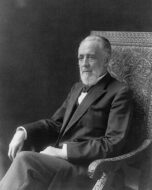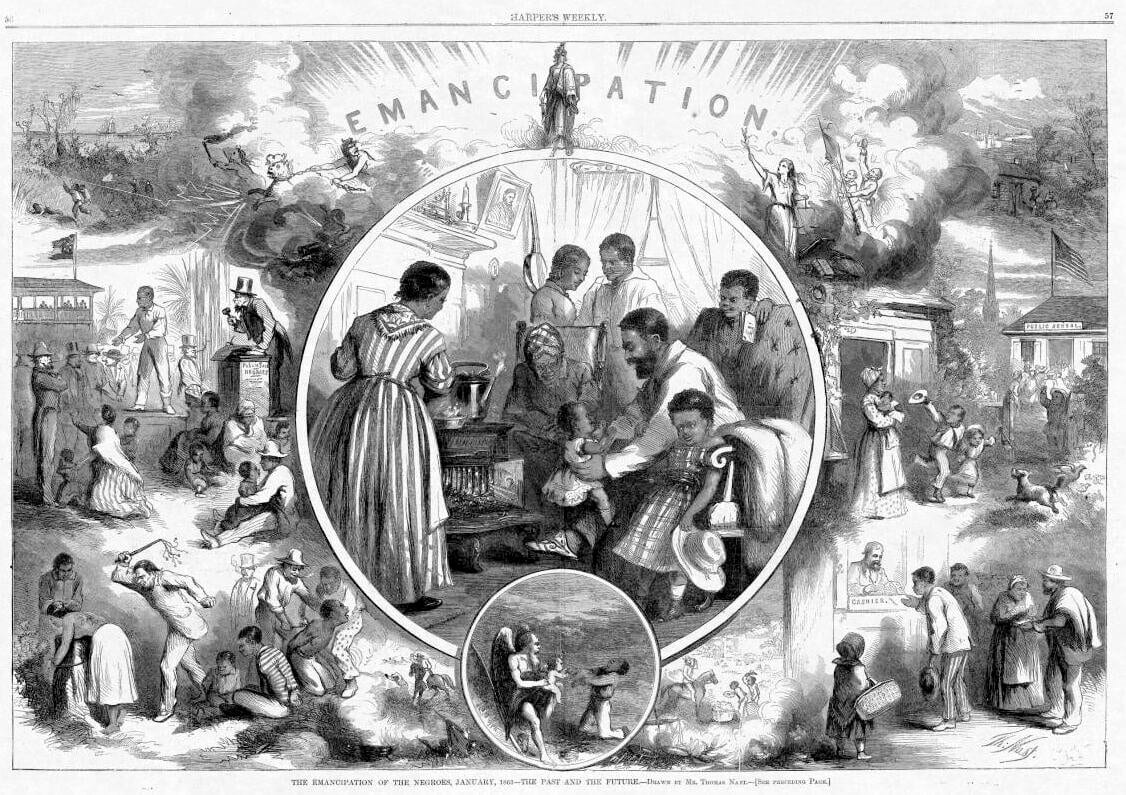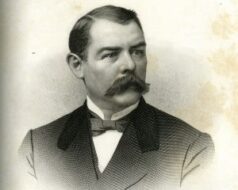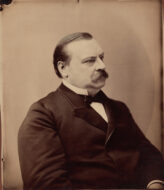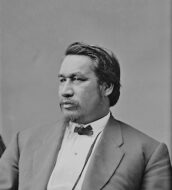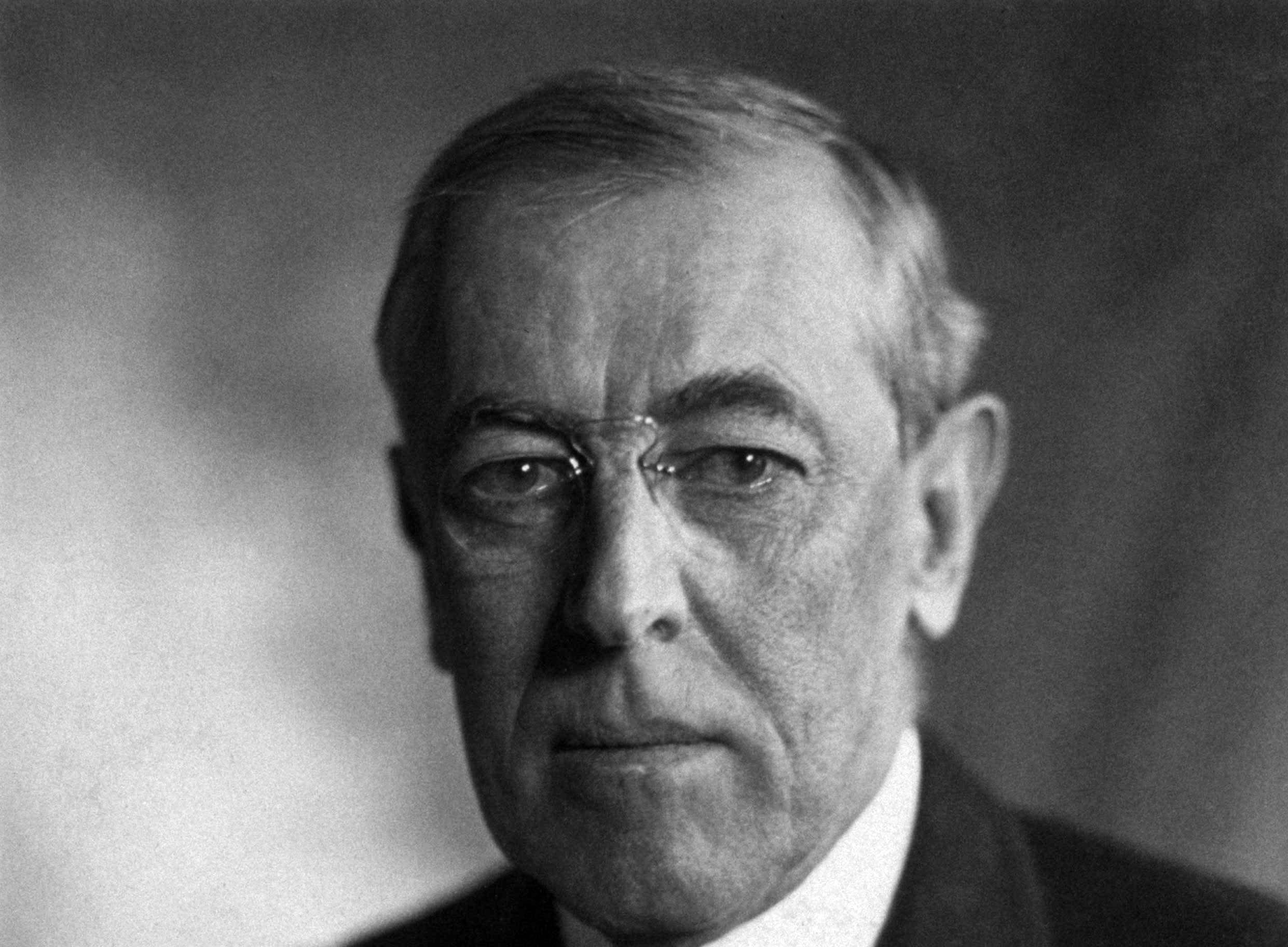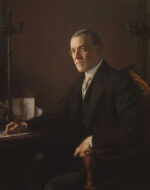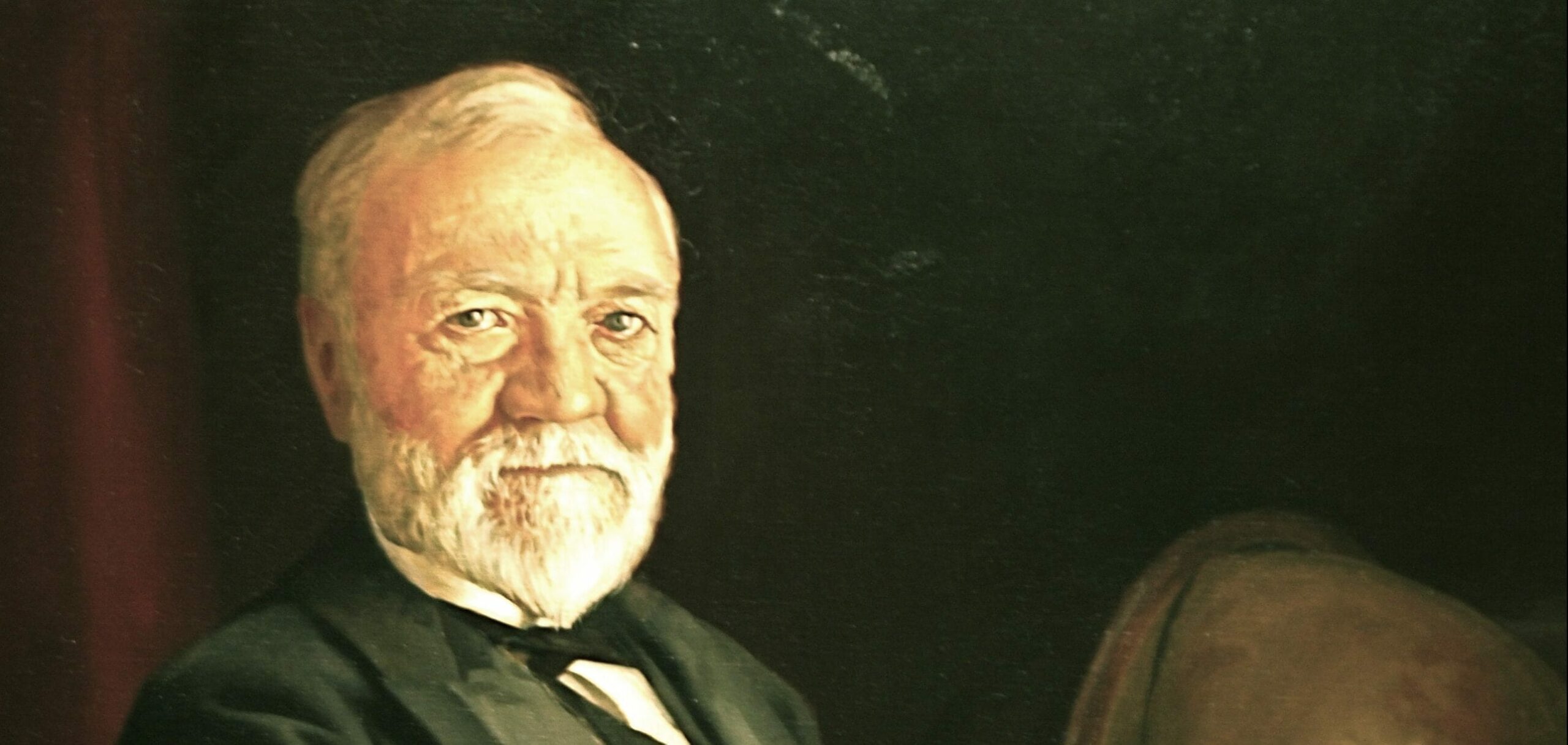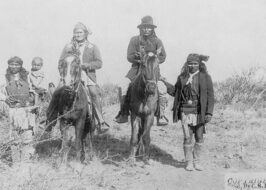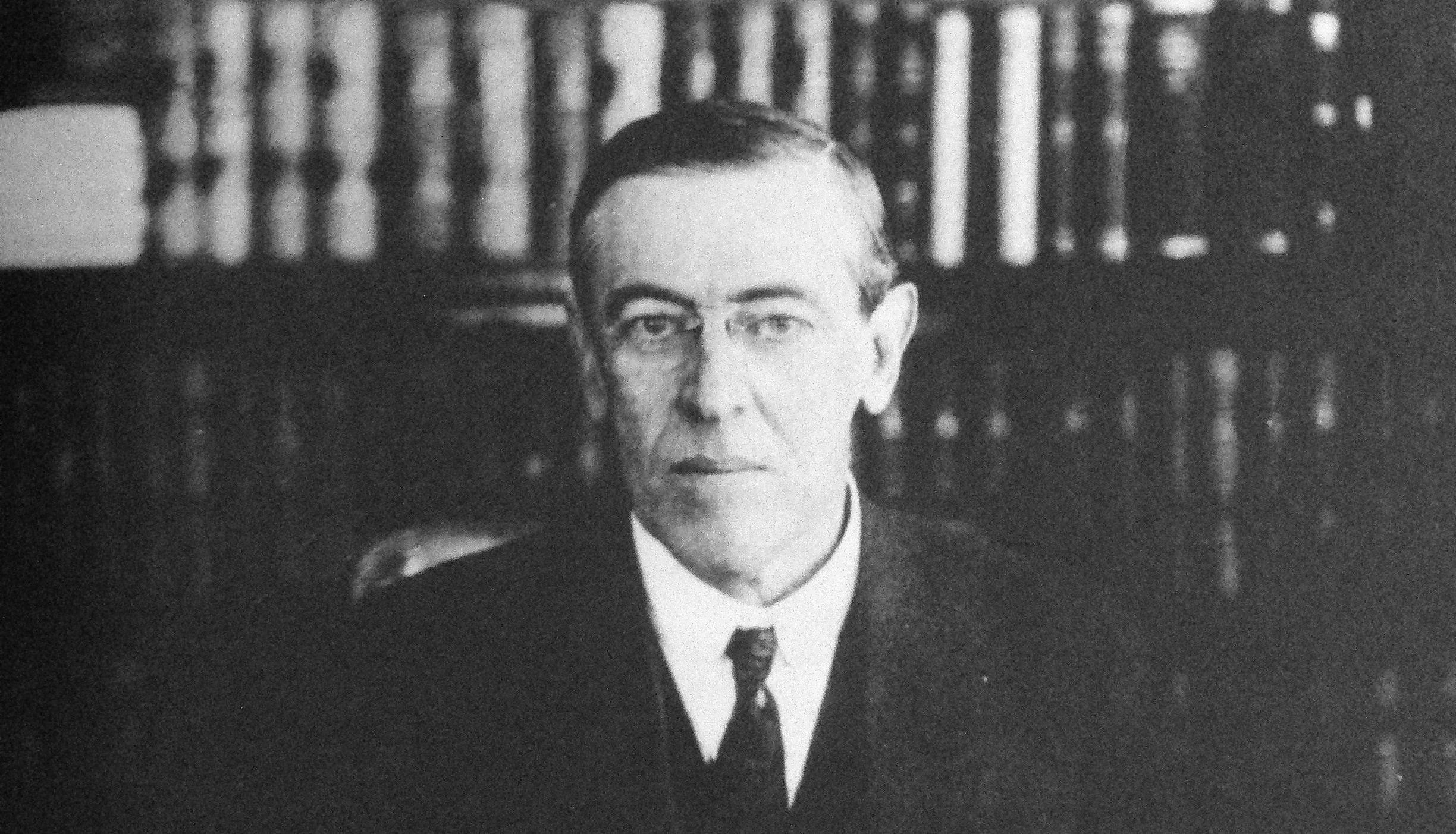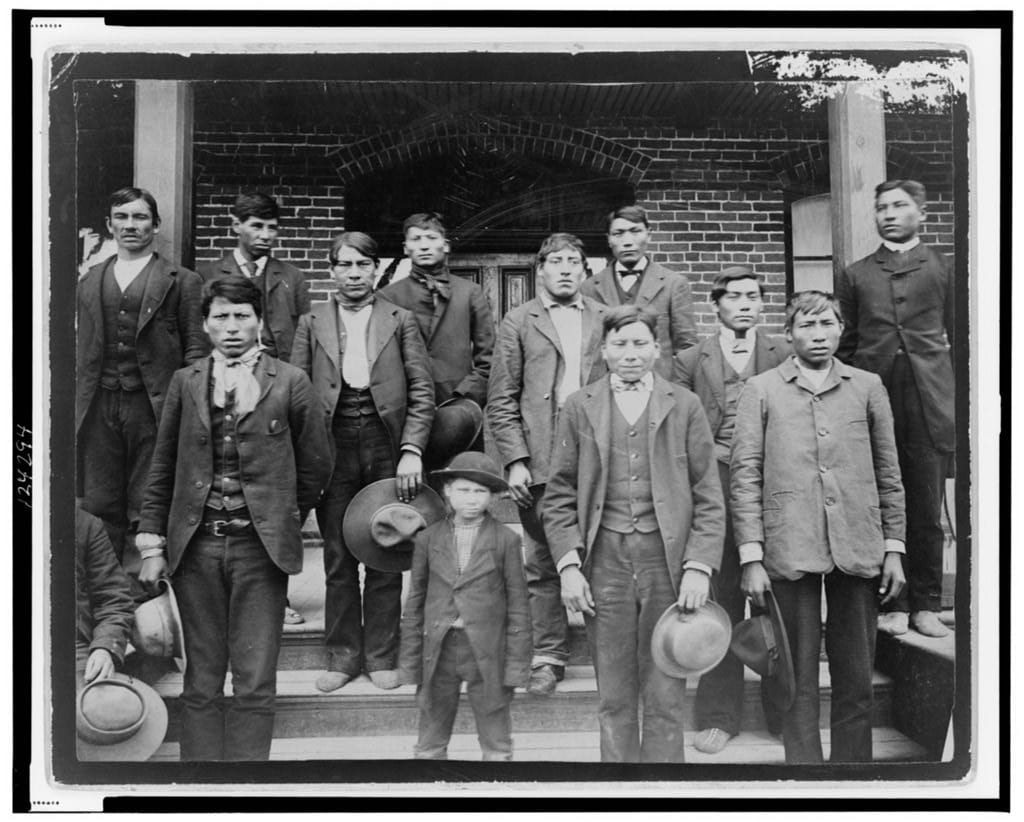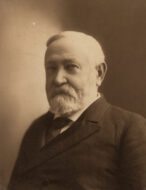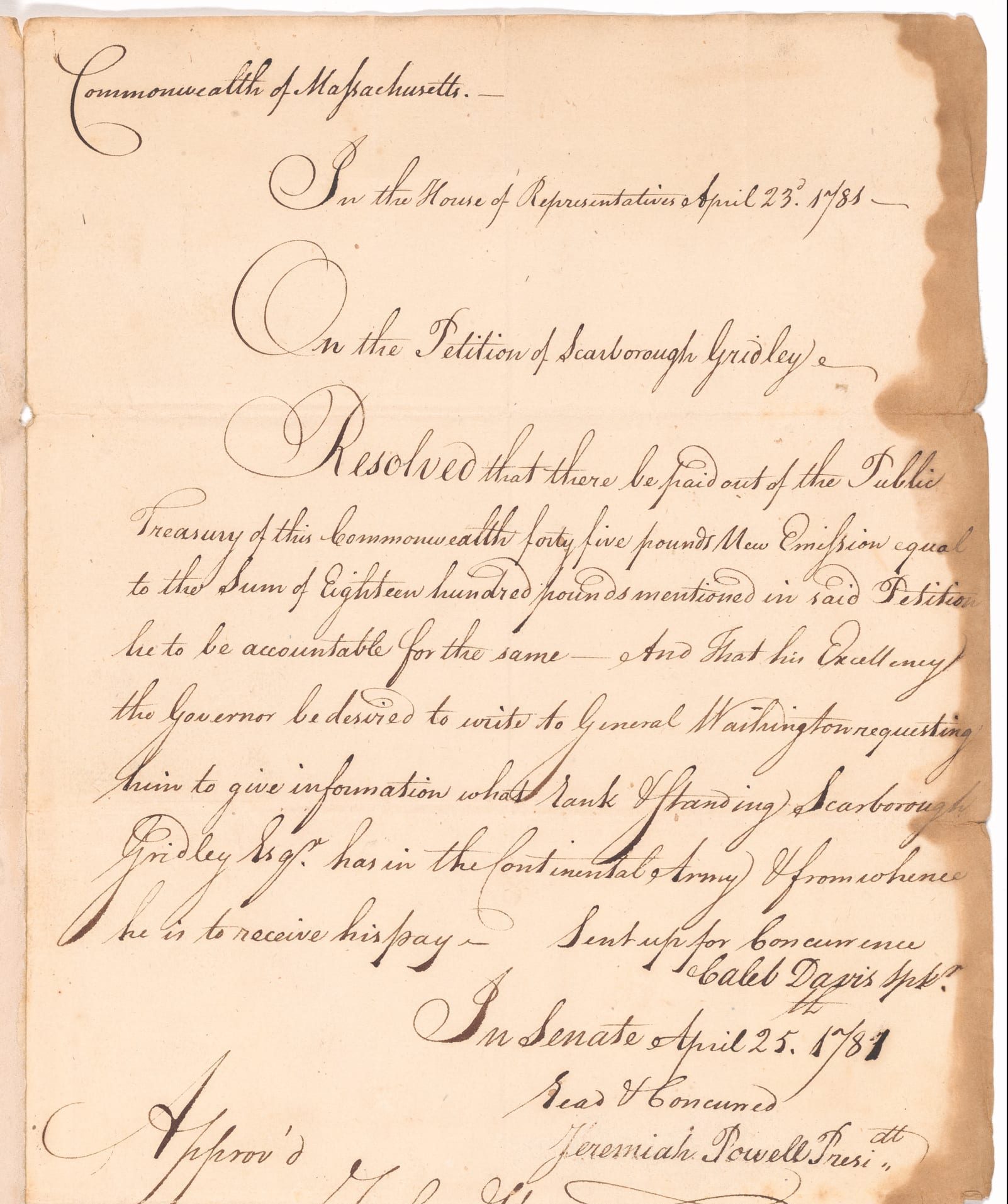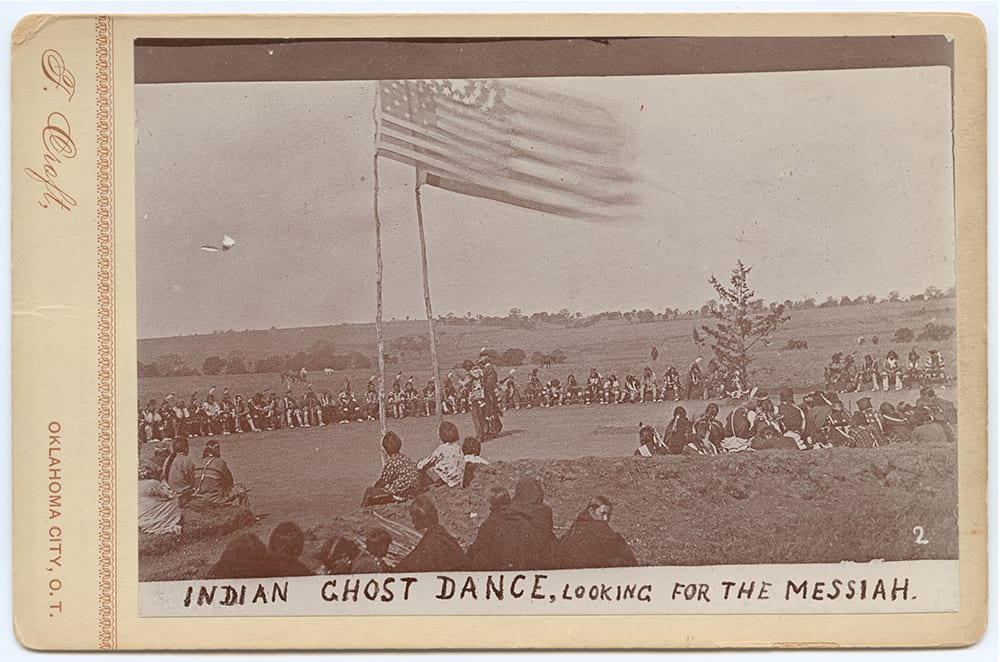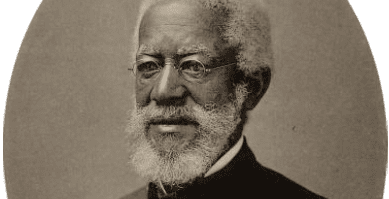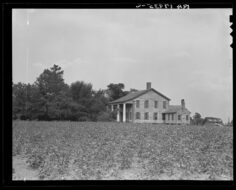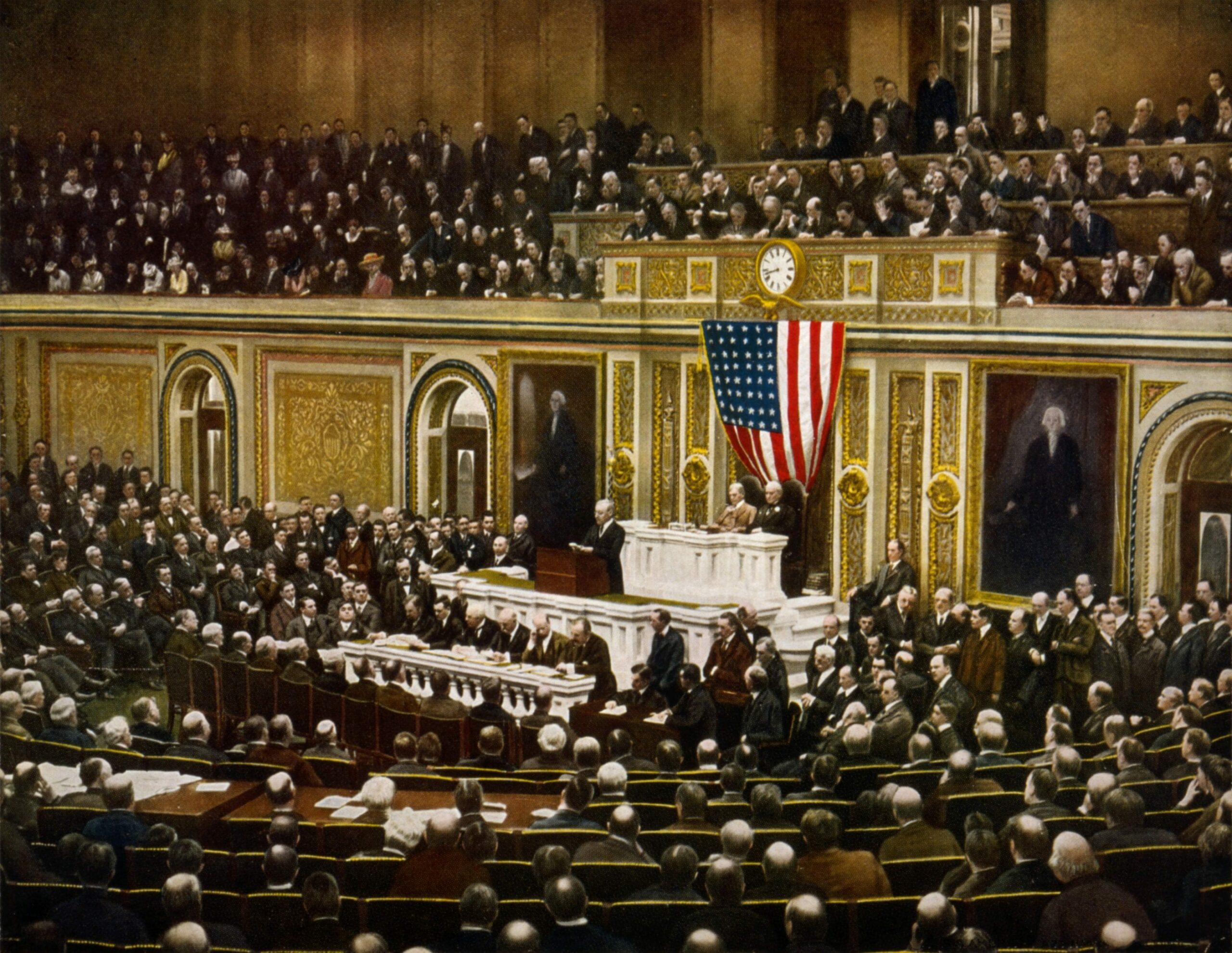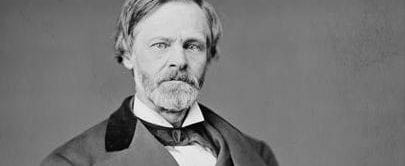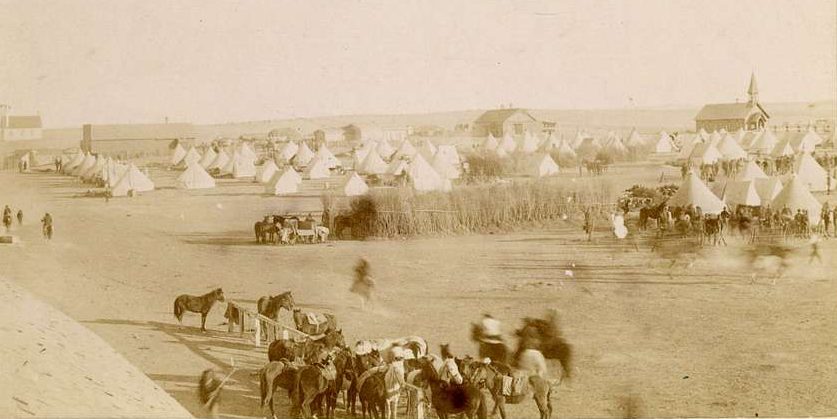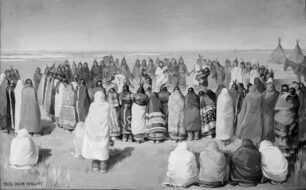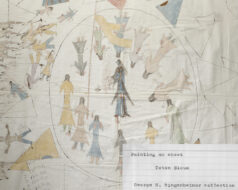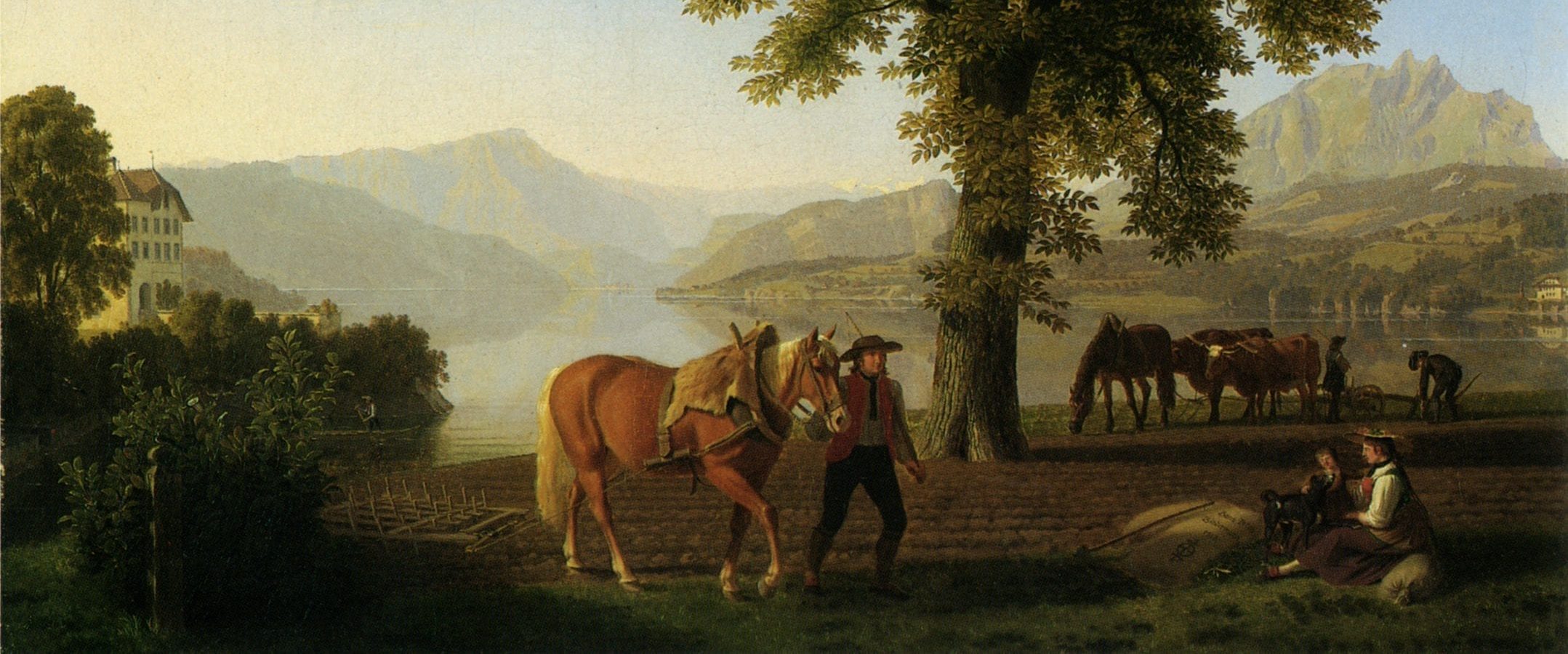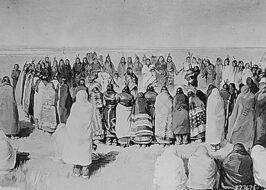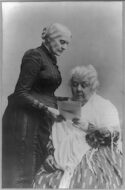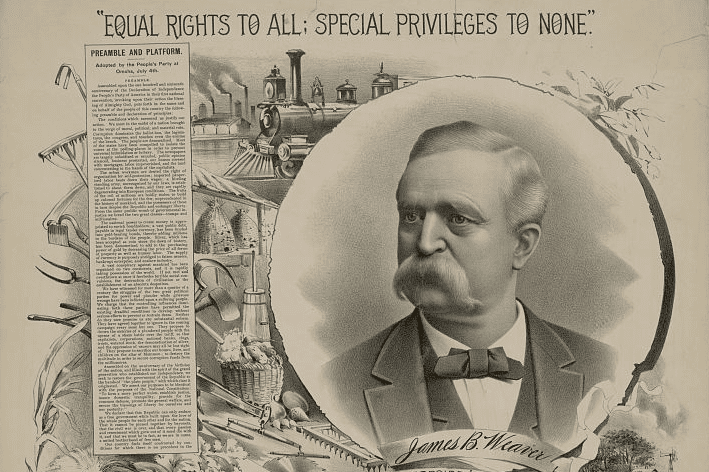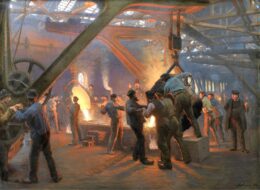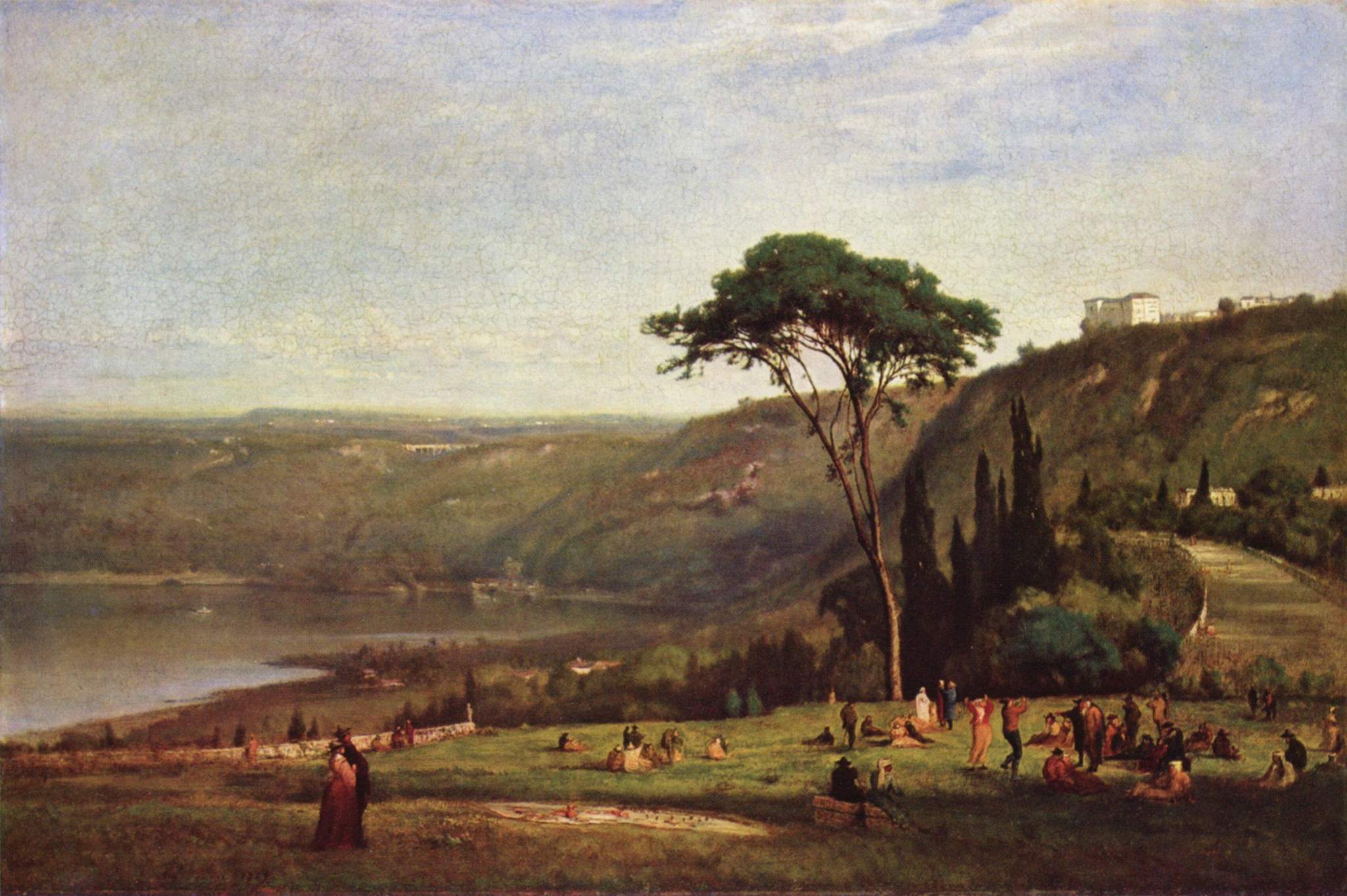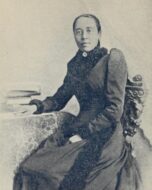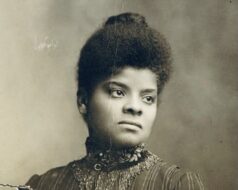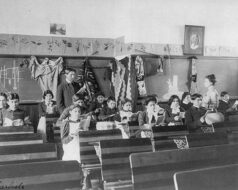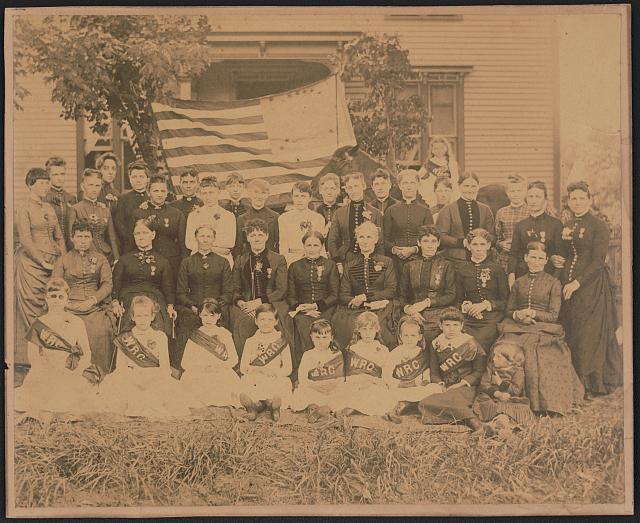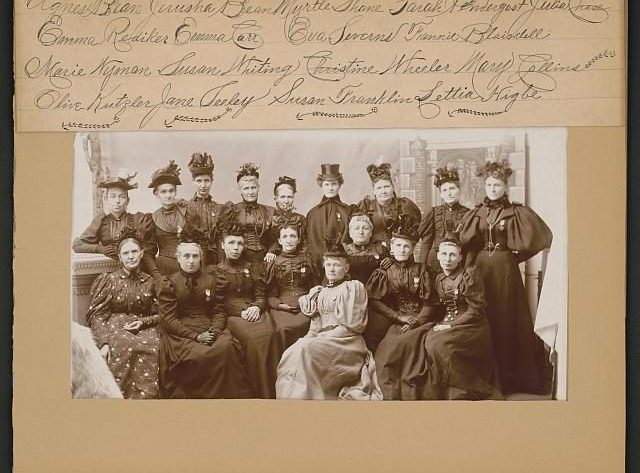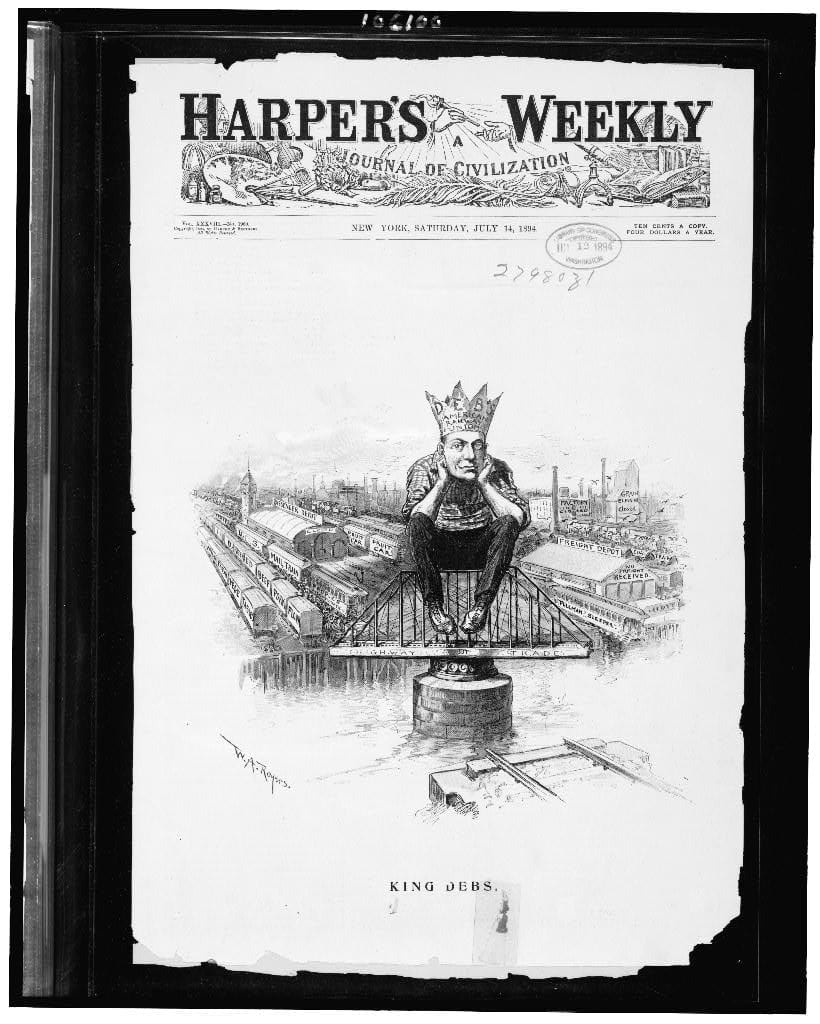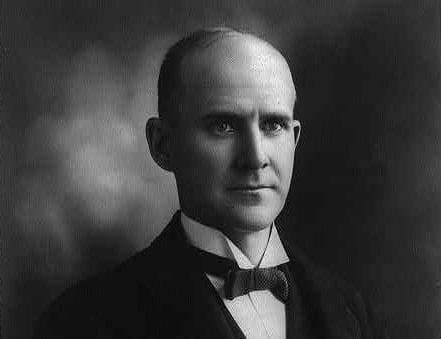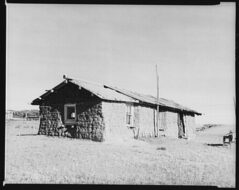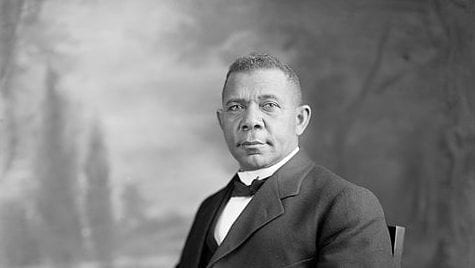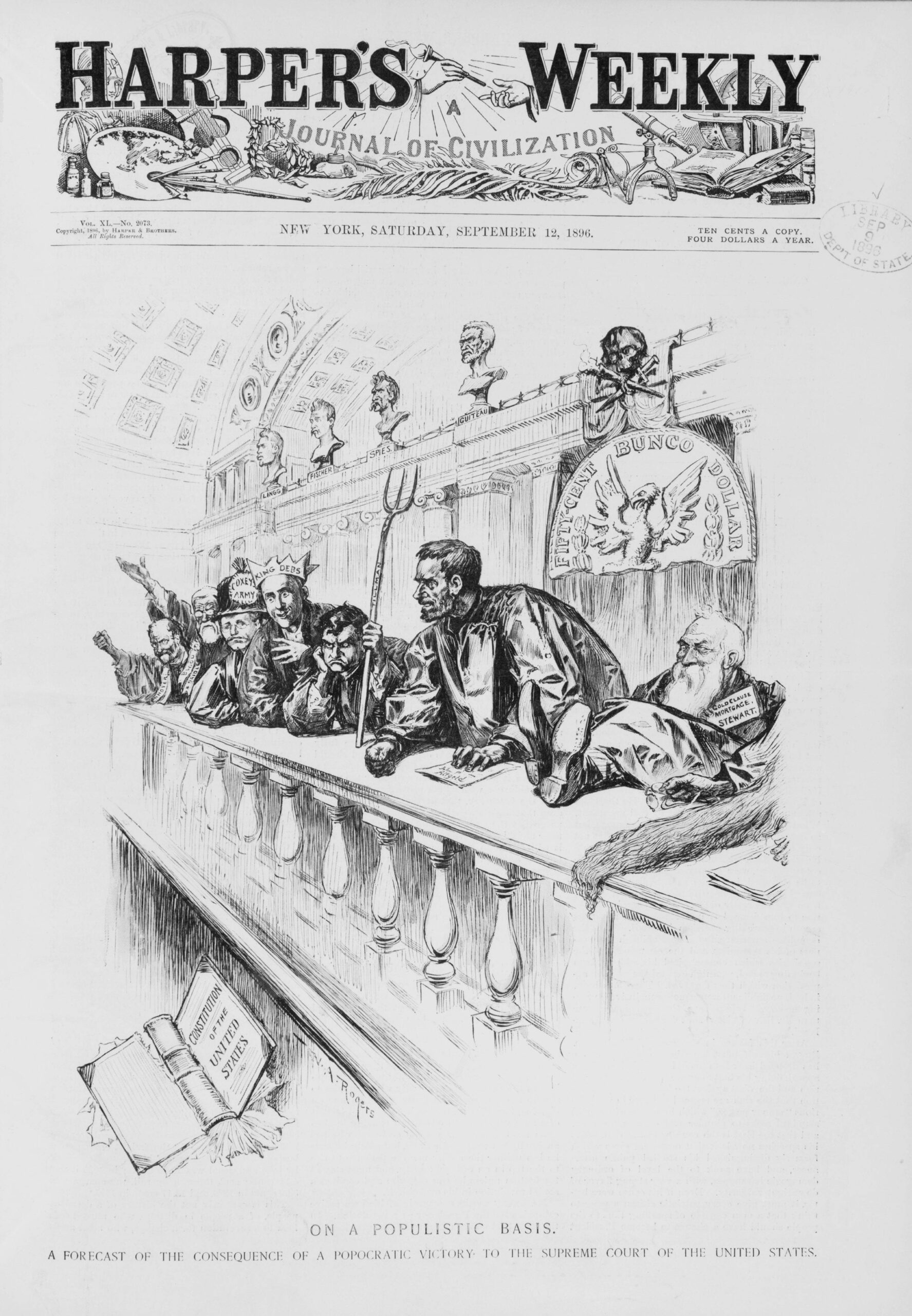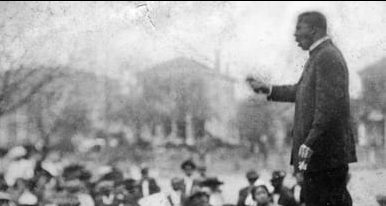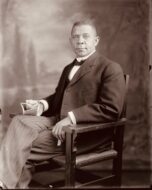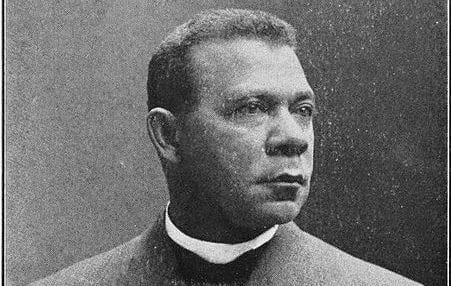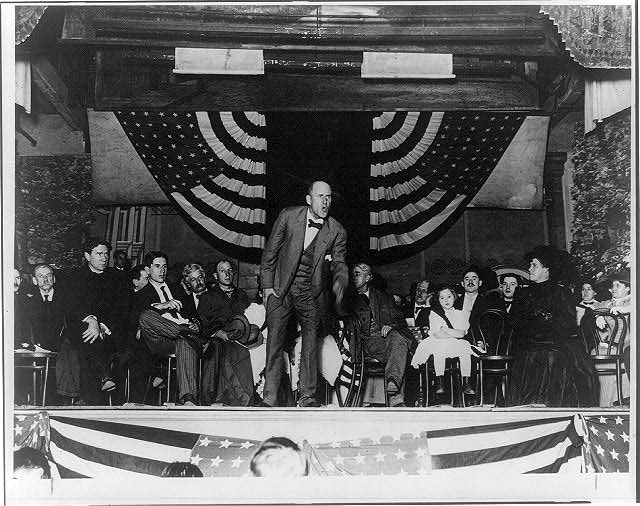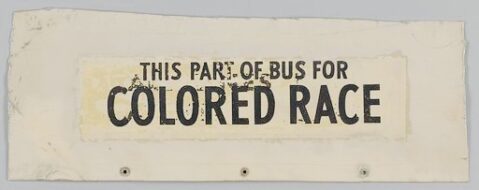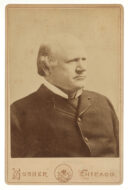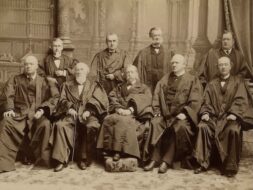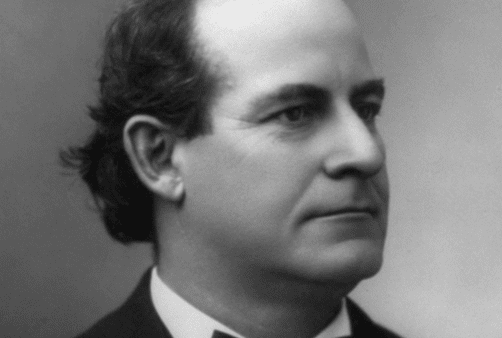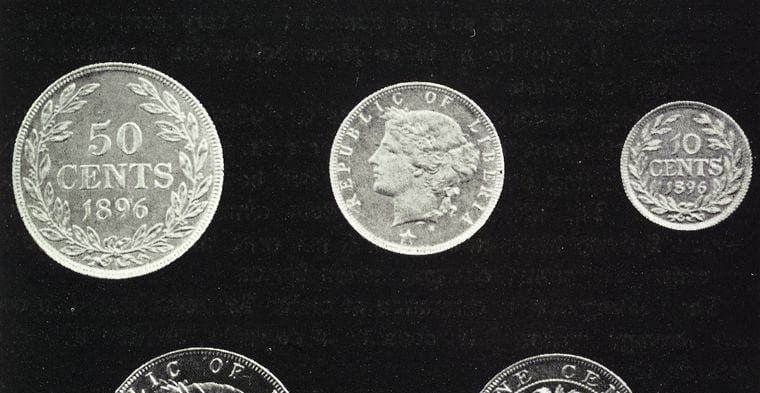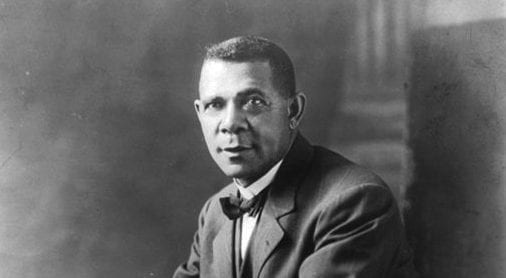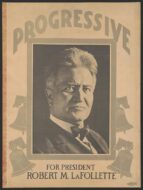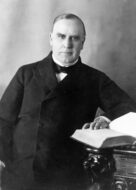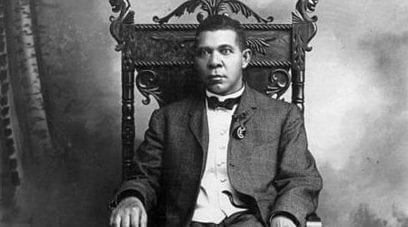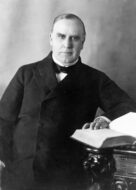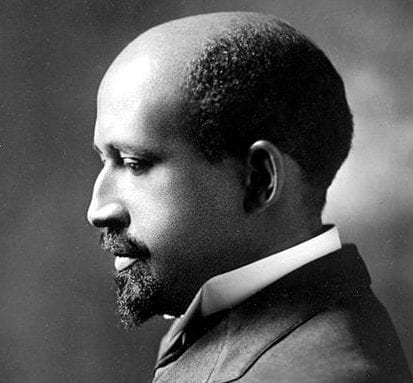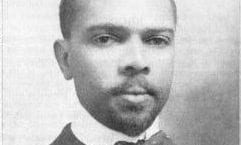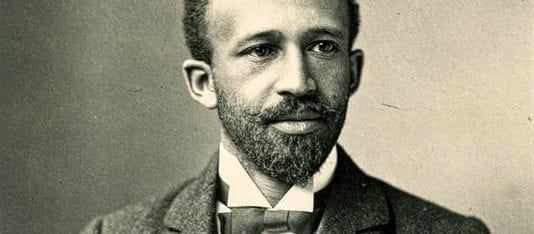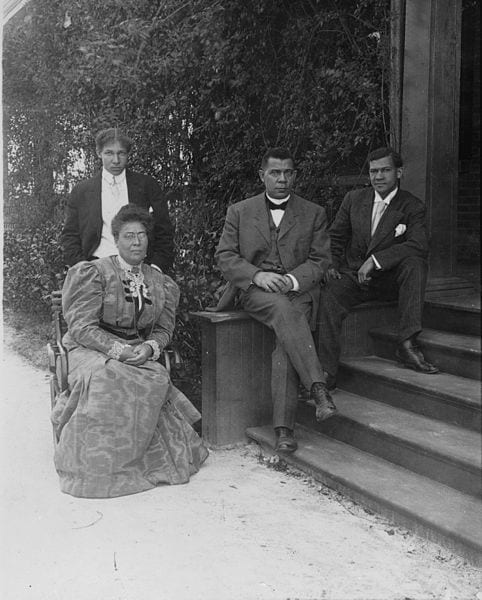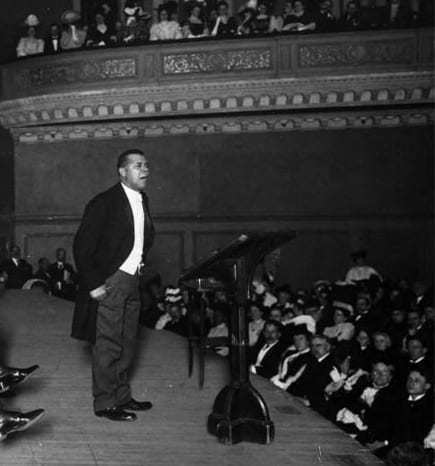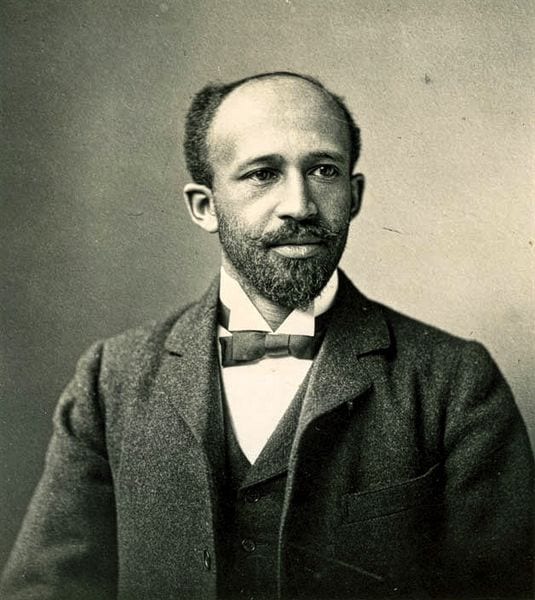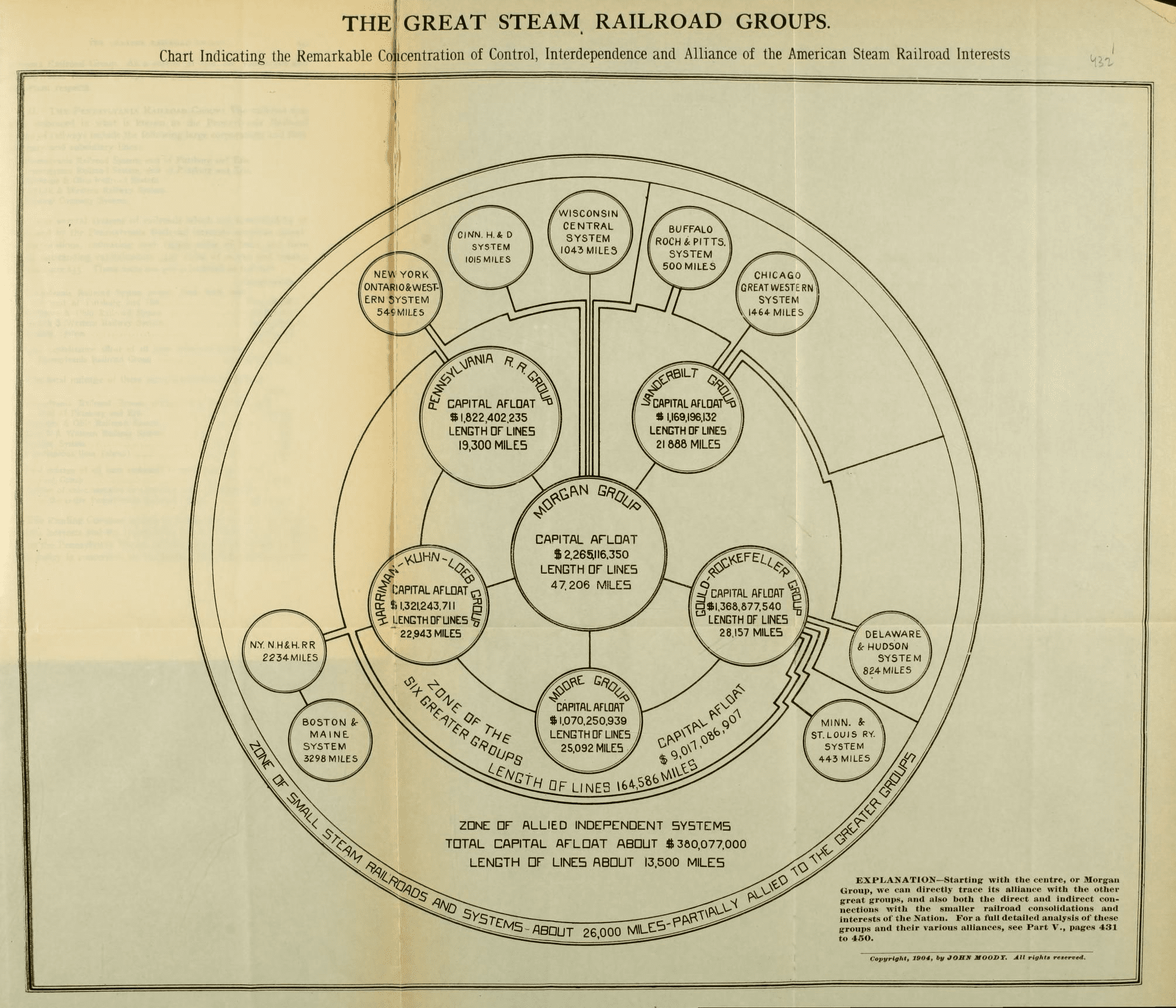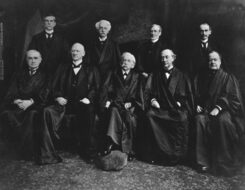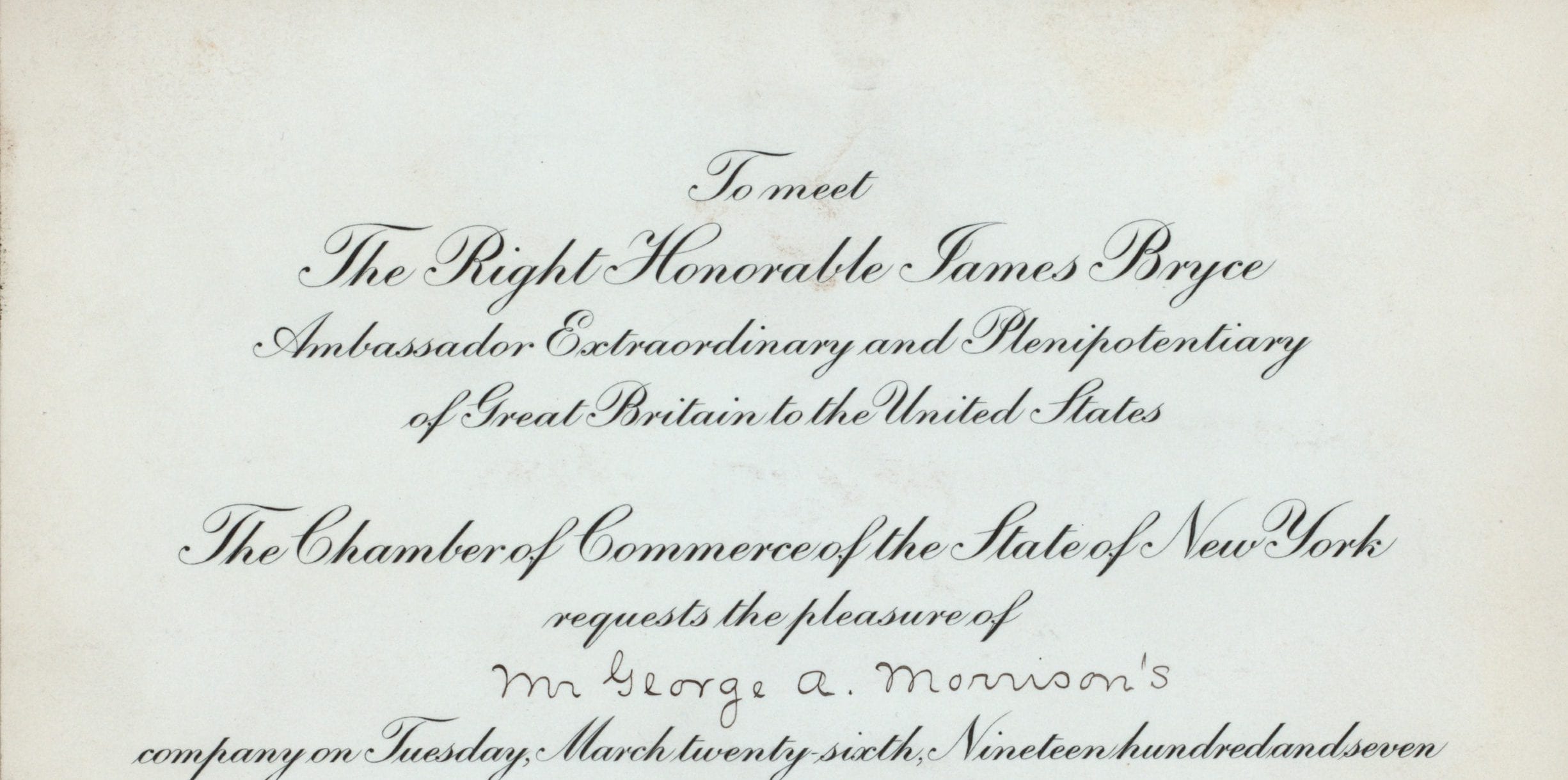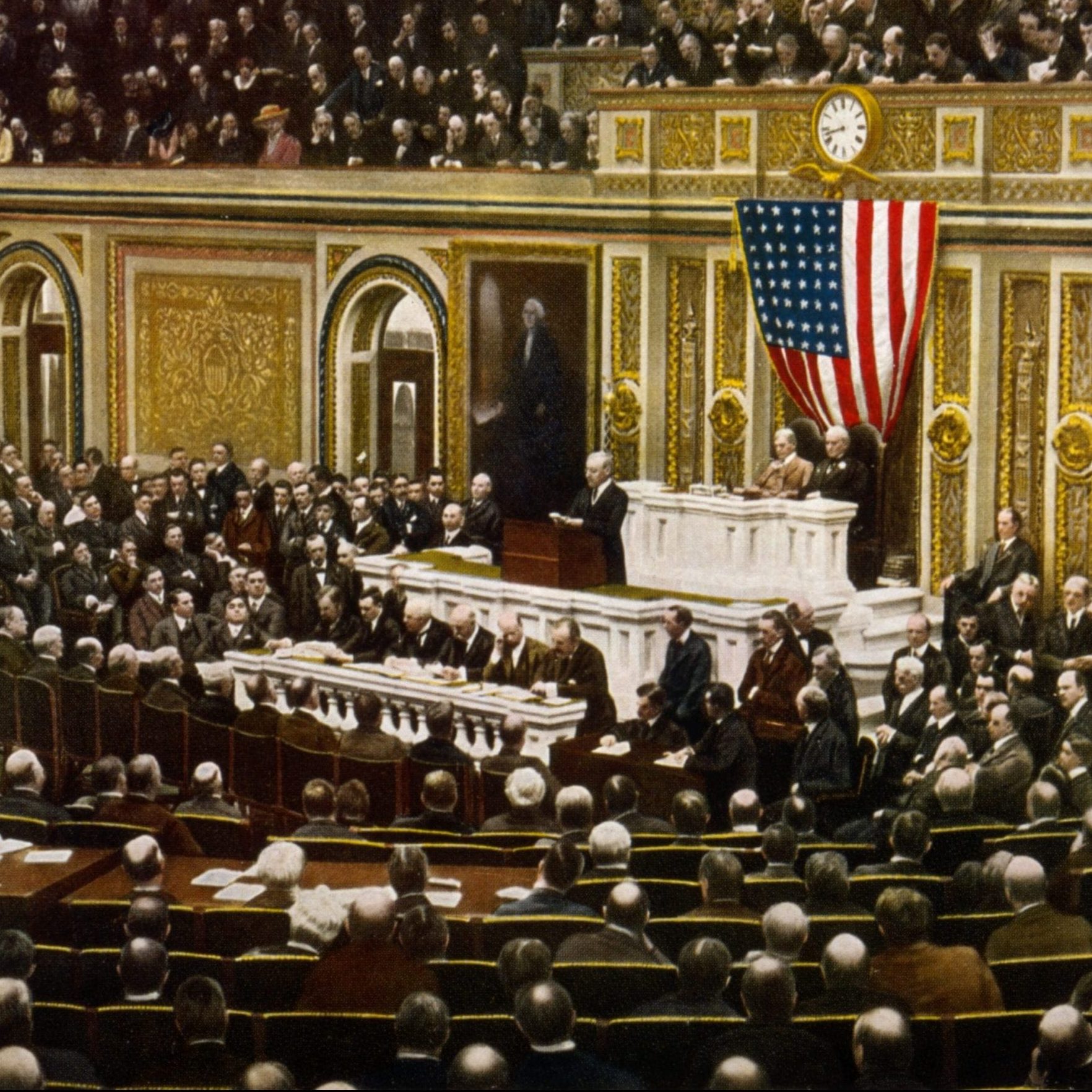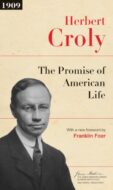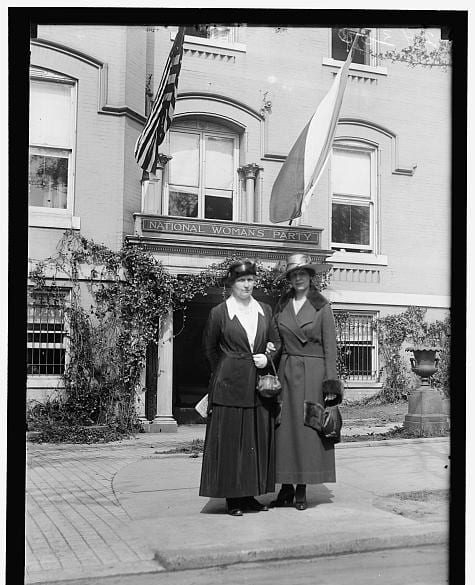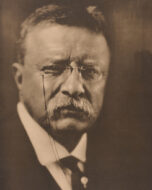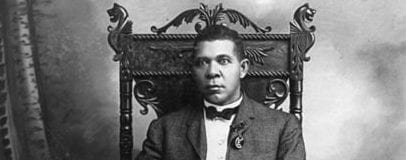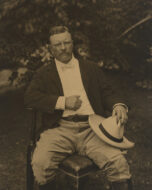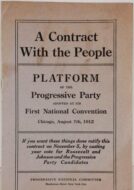
Introduction
J. Allen Smith (1860–1924) was an American lawyer, economist, and progressive political scientist at the University of Washington. In his influential 1907 book, The Spirit of American Government, Smith suggested that the democratic spirit of the American Revolution was betrayed at the Constitutional Convention of 1787. At that assembly, he claimed, a self-interested economic and political elite sought to roll back democratic progress, frustrating majority rule through an elaborate system of representation, checks and balances, separation of powers, judicial review, and other institutional arrangements. Smith saw such a constitution as a conservative “reaction” against the democracy of the Declaration of Independence and the state constitutions. Smith believed the convention represented “the wealthy and conservative classes, and had for the most part but little sympathy with the popular theory of government.” The U.S. Constitution was democratic in name only, he claimed, and Americans’ increasing frustration with the limits of politics in the early twentieth century was easily explained: Americans wanted democratic results from an undemocratic Constitution. This could be remedied with significant reforms such as the direct election of senators, initiative and referendum, recall, and an easier mode of constitutional amendment
This view of the Constitutional Convention was common among progressive academics, including Smith, Carl Becker (1873–1945; “The Philosophy of the Declaration in the Nineteenth Century”), and Charles Beard (1874–1948). By the 1950s, however, historians such as Forrest McDonald challenged the notion that the convention delegates’ motivations were so easily reduced to a single set of economic interests. Other academics, political scientist Martin Diamond among them, took issue with the progressives’ claim that the U.S. Constitution was hostile to popular government. Smith, they argued, failed to recognize the wholly popular character of the framers’ democratic republic.
Source: J. Allen Smith, The Spirit of American Government: A Study of the Constitution: Its Origin, Influence and Relation to Democracy (New York: Macmillan, 1907), 27–39, available online at the Hathi Trust Digital Library: https://babel.hathitrust.org/cgi/pt?id=mdp.39015001576837;view=1up;seq=9. The author’s original footnotes have been revised by the editor to include full bibliographic information. Some of Smith’s notes have been omitted and several new explanatory notes have been added. The latter are preceded by “Ed.”
CHAPTER III. The Constitution a Reactionary Document
The sweeping changes made in our form of government after the Declaration of Independence were clearly revolutionary in character. The English system of checks and balances was discarded for the more democratic one under which all the important powers of government were vested in the legislature. This new scheme of government was not, however, truly representative of the political thought of the colonies. The conservative classes who in ordinary times are a powerful factor in the politics of every community had, by reason of their Loyalist views, no voice in this political reorganization; and these, as we have seen, not only on account of their wealth and intelligence, but on the basis of their numerical strength as well, were entitled to considerable influence.
With the return of peace these classes, which so largely represented the wealth and culture of the colonies, regained in a measure the influence which they had lost. This tended strongly to bring about a conservative reaction. There was besides another large class which supported the Revolutionary movement without being in sympathy with its democratic tendencies. This also used its influence to undo the work of the Revolutionary radicals. Moreover, many of those who had espoused democratic doctrines during the Revolution became conservatives after the war was over. These classes were naturally opposed to the new political doctrines which the Revolutionary movement had incorporated in the American government. The “hard times” and general discontent which followed the war also contributed to the reactionary movement; since many were led to believe that evils which were the natural result of other causes were due to an excess of democracy. Consequently we find the democratic tendency which manifested itself with the outbreak of the Revolution giving place a few years later to the political reaction which found expression in our present Constitution. . . .
It is the general belief . . . that the Constitution of the United States is the very embodiment of democratic philosophy. The people take it for granted that the framers of that document were imbued with the spirit of political equality and sought to establish a government by the people themselves. Widely as this view is entertained, it is, however, at variance with the facts.
“Scarcely any of these men [the framers of the Constitution] entertained,” says Fiske, “what we should now call extreme democratic views. Scarcely any, perhaps, had that intense faith in the ultimate good sense of the people which was the most powerful characteristic of Jefferson.”[1]
Democracy—government by the people, or directly responsible to them—was not the object which the framers of the American Constitution had in view, but the very thing which they wished to avoid. In the convention which drafted that instrument it was recognized that democratic ideas had made sufficient progress among the masses to put an insurmountable obstacle in the way of any plan of government which did not confer at least the form of political power upon the people. Accordingly the efforts of the Constitutional Convention were directed to the task of devising a system of government which was just popular enough not to excite general opposition and which at the same time gave to the people as little as possible of the substance of political power.
It is somewhat strange that the American people know so little of the fundamental nature of their system of government. Their acquaintance with it extends only to its outward form and rarely includes a knowledge of the political philosophy upon which it rests. The sources of information upon which the average man relies do not furnish the data for a correct understanding of the Constitution. The ordinary textbooks and popular works upon this subject leave the reader with an entirely erroneous impression. Even the writings of our constitutional lawyers deal with the outward form rather than the spirit of our government. The vital question—the extent to which, under our constitutional arrangements, the people were expected to, and as a matter of fact do, control legislation and public policy, is either not referred to, or else discussed in a superficial and unsatisfactory manner. That this feature of our Constitution should receive more attention than it does is evident when we reflect that a government works well in practice in proportion as its underlying philosophy and constitutional forms are comprehended by those who wield political power.
“It has been common,” says a late justice of the U.S. Supreme Court, “to designate our form of government as a democracy, but in the true sense in which that term is properly used, as defining a government in which all its acts are performed by the people, it is about as far from it as any other of which we are aware.”[2]
In the United States at the present time we are trying to make an undemocratic Constitution the vehicle of democratic rule. Our Constitution embodies the political philosophy of the eighteenth century, not that of today. It was framed for one purpose while we are trying to use it for another. Is free government, then, being tried here under the conditions most favorable to its success? This question we can answer only when we have considered our Constitution as a means to the attainment of democratic rule.
It is difficult to understand how anyone who has read the proceedings of the federal convention can believe that it was the intention of that body to establish a democratic government. The evidence is overwhelming that the men who sat in that convention had no faith in the wisdom or political capacity of the people. Their aim and purpose was not to secure a larger measure of democracy, but to eliminate as far as possible the direct influence of the people on legislation and public policy. That body, it is true, contained many illustrious men who were actuated by a desire to further what they conceived to be the welfare of the country. They represented, however, the wealthy and conservative classes, and had for the most part but little sympathy with the popular theory of government.
Hardly one among them but had sat in some famous assembly, had signed some famous document, had filled some high place, or had made himself conspicuous for learning, for scholarship, or for signal services rendered in the cause of liberty. One had framed the Albany plan[3] of union; some had been members of the Stamp Act Congress of 1765;[4] some had signed the Declaration of Rights in 1774;[5] the names of others appear at the foot of the Declaration of Independence and at the foot of the Articles of Confederation; two had been presidents of Congress; seven had been, or were then, governors of states; twenty-eight had been members of Congress; one had commanded the armies of the United States; another had been Superintendent of Finance; a third had repeatedly been sent on important missions to England, and had long been Minister to France.
Nor were the future careers of many of them to be less interesting than their past. Washington and Madison became Presidents of the United States; Elbridge Gerry became Vice-President; Charles Cotesworth Pinckney and Rufus King became candidates for the Presidency, and Jared Ingersoll, Rufus King, and John Langdon candidates for the Vice-Presidency; Hamilton became Secretary of the Treasury; Madison, Secretary of State; [Edmund] Randolph, Attorney-General and Secretary of State, and James McHenry, a Secretary of War; [Oliver] Ellsworth and [John] Rutledge became Chief-Justices; [James] Wilson and John Blair rose to the Supreme bench; Gouverneur Morris, and Ellsworth, and Charles C. Pinckney, and Gerry, and William Davie became Ministers abroad.[6]
The long list of distinguished men who took part in the deliberations of that body is noteworthy, however, for the absence of such names as Samuel Adams, Thomas Jefferson, Thomas Paine, Patrick Henry, and other democratic leaders of that time.[7] The federal convention assembled in Philadelphia only eleven years after the Declaration of Independence was signed, yet only six of the fifty-six men who signed that document were among its members. Conservatism and thorough distrust of popular government characterized throughout the proceedings of that convention. Democracy, Elbridge Gerry thought, was the worst of all political evils. Edmund Randolph observed that in tracing the political evils of this country to their origin, “every man [in the convention] had found it in the turbulence and follies of democracy.”[8] These views appear to reflect the general opinion of that body. Still they realized that it was not the part of wisdom to give public expression to this contempt for democracy. The doors were closed to the public and the utmost secrecy maintained with regard to the proceedings. Members were not allowed to communicate with anyone outside of that body concerning the matters therein discussed, nor were they permitted, except by a vote of the convention, to copy anything from the journals.
It must be borne in mind that the convention was called for the purpose of proposing amendments to the Articles of Confederation. The delegates were not authorized to frame a new constitution. Their appointment contemplated changes which were to perfect the Articles of Confederation without destroying the general form of government which they established. The resolution of Congress of February 21, 1787, which authorized the federal convention, limited its business to “the sole and express purpose of revising the Articles of Confederation,” and the states of New York, Massachusetts, and Connecticut copied this in the instructions to their delegates.[9] The aim of the convention, however, from the very start was not amendment but a complete rejection of the system itself, which was regarded as incurably defective.
This view was well expressed by James Wilson in his speech made in favor of the ratification of the Constitution before the Pennsylvania convention.
“The business, we are told, which was entrusted to the late Convention,” he said, “was merely to amend the present Articles of Confederation. This observation has been frequently made, and has often brought to my mind a story that is related of Mr. Pope,[10] who, it is well known, was not a little deformed. It was customary with him to use this phrase, ‘God mend me!’ when any little accident happened. One evening a link-boy[11] was lighting him along, and, coming to a gutter, the boy jumped nimbly over it. Mr. Pope called to him to turn, adding, ‘God mend me!’ The arch rogue, turning to light him, looked at him, and repeated, ‘God mend you! He would sooner make half-a-dozen new ones.’ This would apply to the present confederation; for it would be easier to make another than to amend this.”[12]
The popular notion that this convention in framing the Constitution was actuated solely by a desire to impart more vigor and efficiency to the general government is but a part of the truth. The convention desired to establish not only a strong and vigorous central government, but one that would at the same time possess great stability or freedom from change. This last reason is seldom mentioned in our constitutional literature, yet it had a most important bearing on the work of the convention. This desired stability the government under the Confederation did not possess, since it was, in the opinion of the members of the convention, dangerously responsive to public opinion; hence their desire to supplant it with an elaborate system of constitutional checks. The adoption of this system was the triumph of a skillfully directed reactionary movement.
Of course the spirit and intention of the convention must be gathered not from the statements and arguments addressed to the general public in favor of the ratification of the Constitution, but from what occurred in the convention itself. The discussions which took place in that body indicate the real motives and purposes of those who framed the Constitution. These were carefully withheld from the people and it was not until long afterward that they were accessible to students of the American Constitution. The preamble began with, “We, the people,” but it was the almost unanimous sentiment of the convention that the less the people had to do with the government the better. Hamilton wanted to give the rich and well born “a distinct, permanent share in the government.”[13] Madison thought the government ought “to protect the minority of the opulent against the majority.”[14] The prevalence of such views in this convention reminds one of Adam Smith’s statement, made a few years before in his Wealth of Nations, that “civil government, so far as it is instituted for the security of property, is in reality instituted for the defence of the rich against the poor, or of those who have some property against those who have none at all.”[15] The solicitude shown by the members of this convention for the interests of the well-to-do certainly tends to justify Adam Smith’s observation.
The framers of the Constitution realized, however, that it would not do to carry this system of checks upon the people too far. It was necessary that the government should retain something of the form of democracy, if it was to command the respect and confidence of the people. For this reason Gerry thought that “the people should appoint one branch of the government in order to inspire them with the necessary confidence.”[16] Madison also saw that the necessary sympathy between the people and their rulers and officers must be maintained and that “the policy of refining popular appointments by successive filtrations” might be pushed too far.[17] These discussions, which took place behind closed doors and under pledge of secrecy, may be taken as fairly representing what the framers of our Constitution really thought of popular government. Their public utterances, on the other hand, influenced as they necessarily were by considerations of public policy, are of little value. From all the evidence which we have, the conclusion is irresistible that they sought to establish a form of government which would effectually curb and restrain democracy. They engrafted upon the Constitution just so much of the features of popular government as was, in their opinion, necessary to ensure its adoption.
- 1. John Fiske, The Critical Period of American History, 1783–1789 (Boston/New York: Houghton, Mifflin, 1888), 226.
- 2. Samuel Freeman Miller, Lectures on the Constitution of the United States (New York/Albany: Banks and Brothers, 1891), 84–85.
- 3. Ed.: Put forth by Benjamin Franklin at the Albany Congress of 1754, this was the first plan proposed for uniting the colonies under a common government for the purpose of defense.
- 4. Ed.: Convened in October 1765, the Stamp Act Congress brought together elected delegates from several of the American colonies to draft a formal Declaration of Rights and Grievances, which proclaimed that any English taxation imposed on the colonies without their consent was void.
- 5. Ed.: Otherwise known as the Declaration and Resolves of the First Continental Congress, this was a declaration of colonial rights and a formal protest against the 1774 Intolerable (or Coercive) Acts.
- 6. John Bach McMaster, With the Fathers: Studies in the History of States (New York: D. Appleton, 1896), 112–13.
- 7. Ed.: Of course, both Adams and Jefferson eventually favored the ratification of the U.S. Constitution.
- 8. Jonathan Elliot, The Debates in the Several State Conventions on the Adoption of the Federal Constitution in the Convention Held at Philadelphia in 1787, 2nd ed., 5 vols. (Philadelphia, 1876), 5:138.
- 9. See Elliot, Debates, 1:119–27.
- 10. Ed.: English poet Alexander Pope (1688–1744).
- 11. Ed.: A boy who carried a torch to light the path of pedestrians.
- 12. Elliot, Debates, 2:470.
- 13. Elliot, Debates,1:422.
- 14. Elliot, Debates,1:450.
- 15. See Adam Smith, An Inquiry into the Nature and Causes of the Wealth of Nations, Book 5, Ch. 1, Part 2.
- 16. Elliot, Debates, 5:160. The reference here is to the U.S. House of Representatives. Before the Seventeenth Amendment to the U.S. Constitution was ratified in 1913, senators were chosen by state legislatures.
- 17. Elliot, Debates, 5:137.
Constitutional Government in the United States
December 31, 1908
Conversation-based seminars for collegial PD, one-day and multi-day seminars, graduate credit seminars (MA degree), online and in-person.
